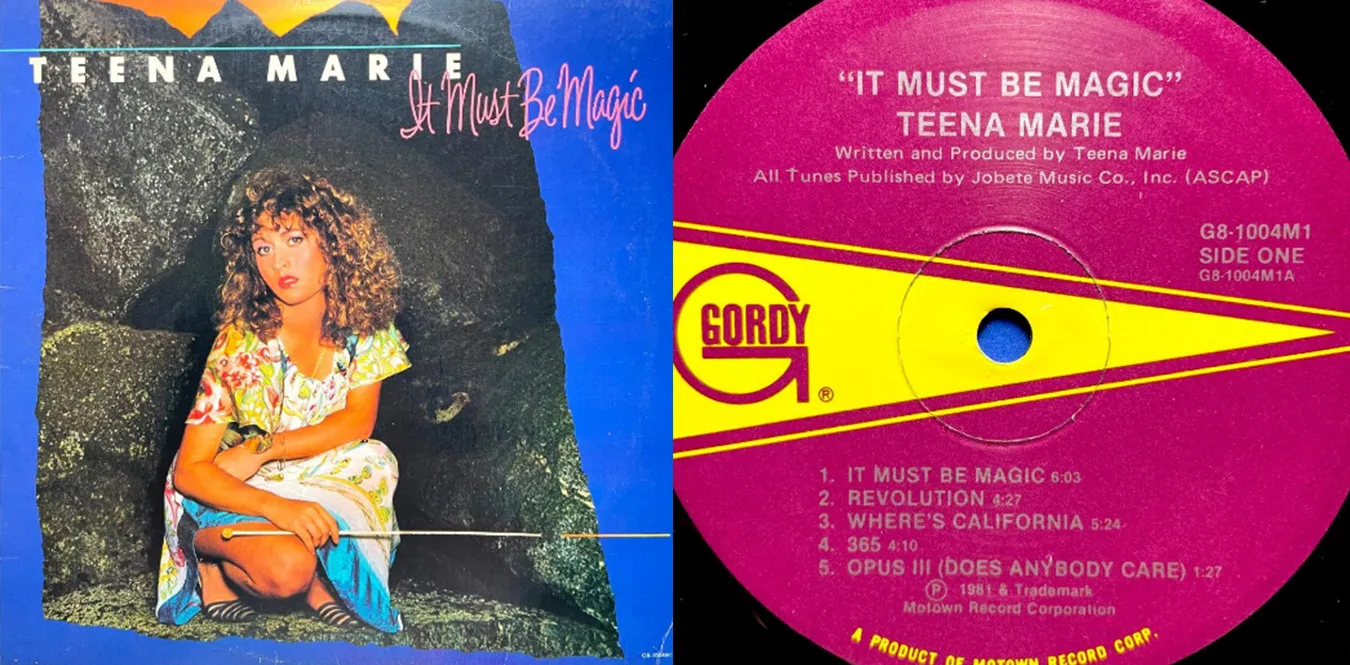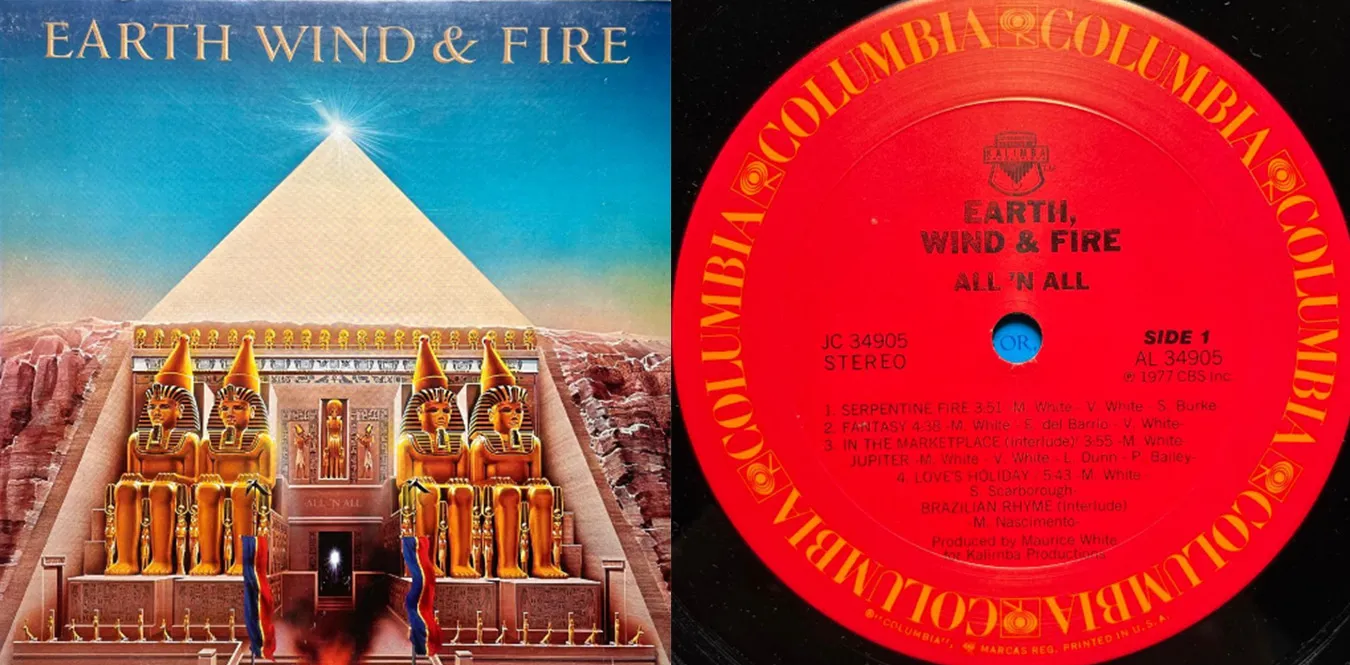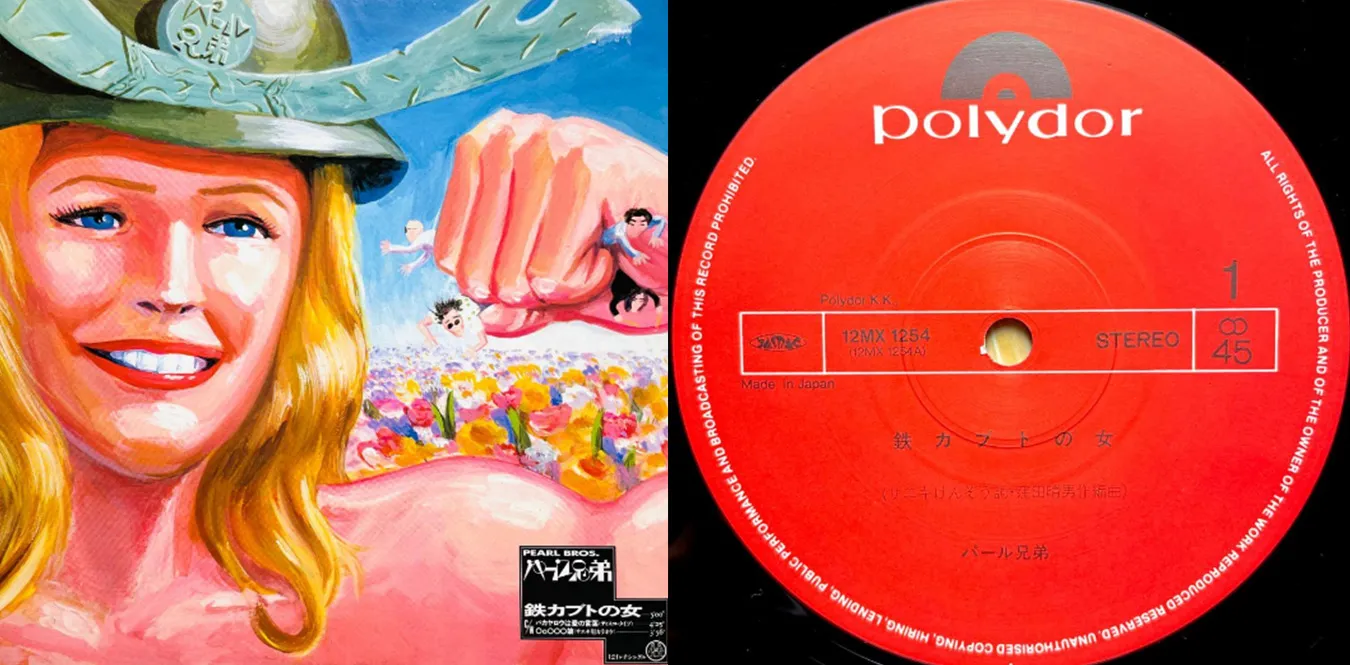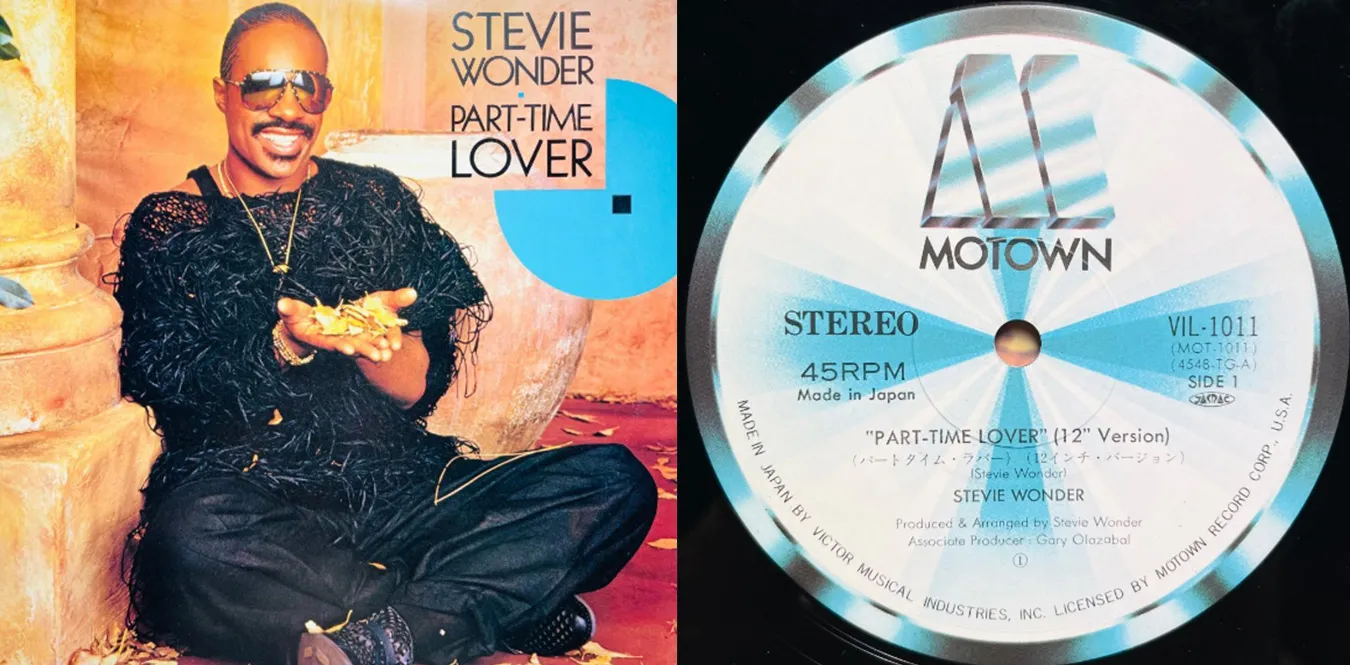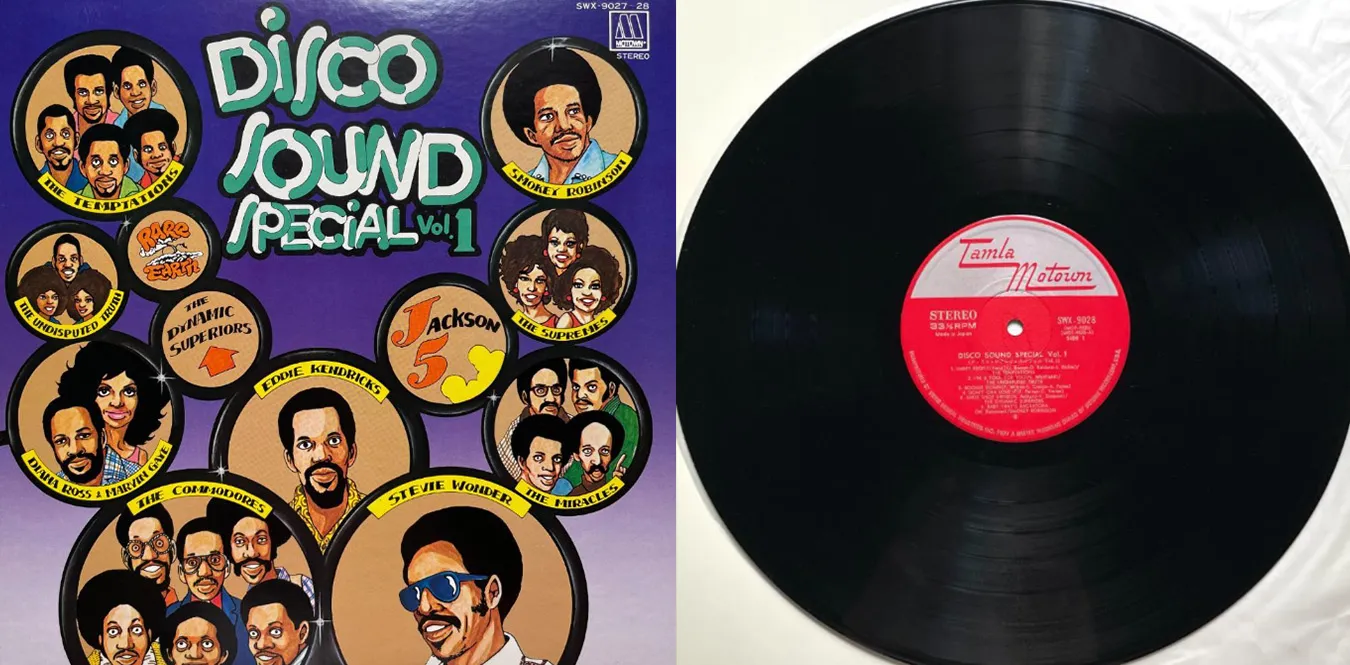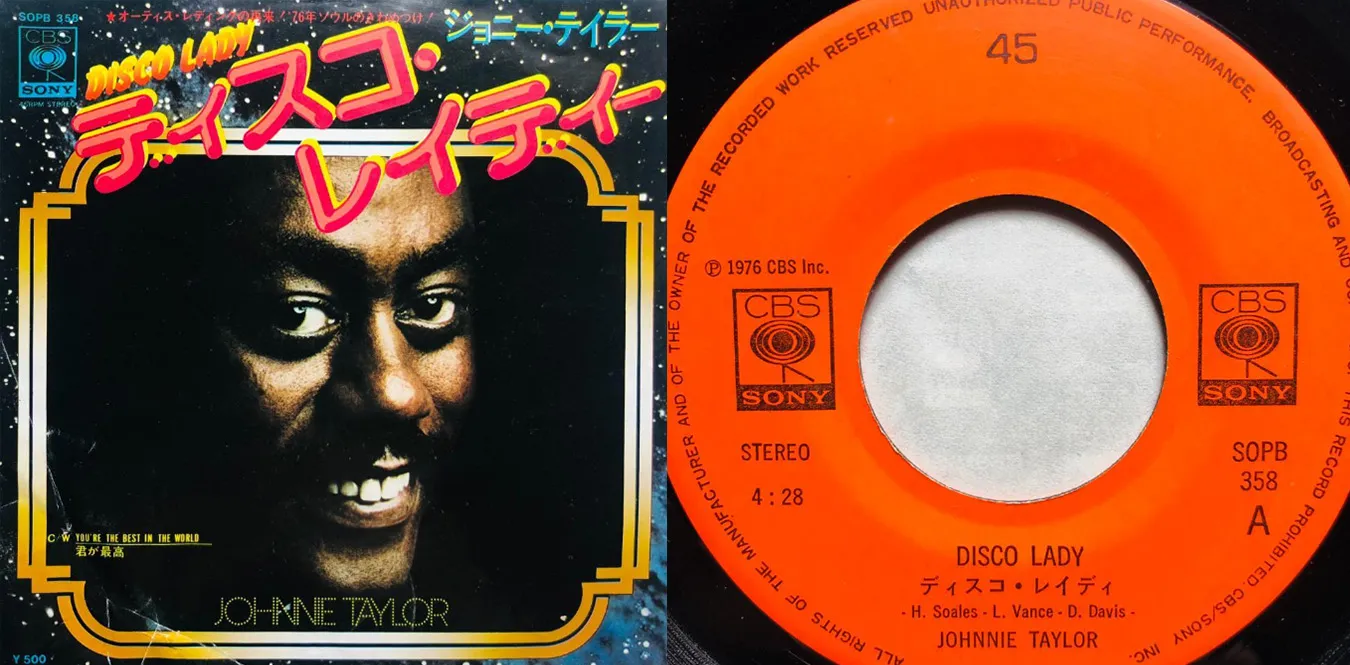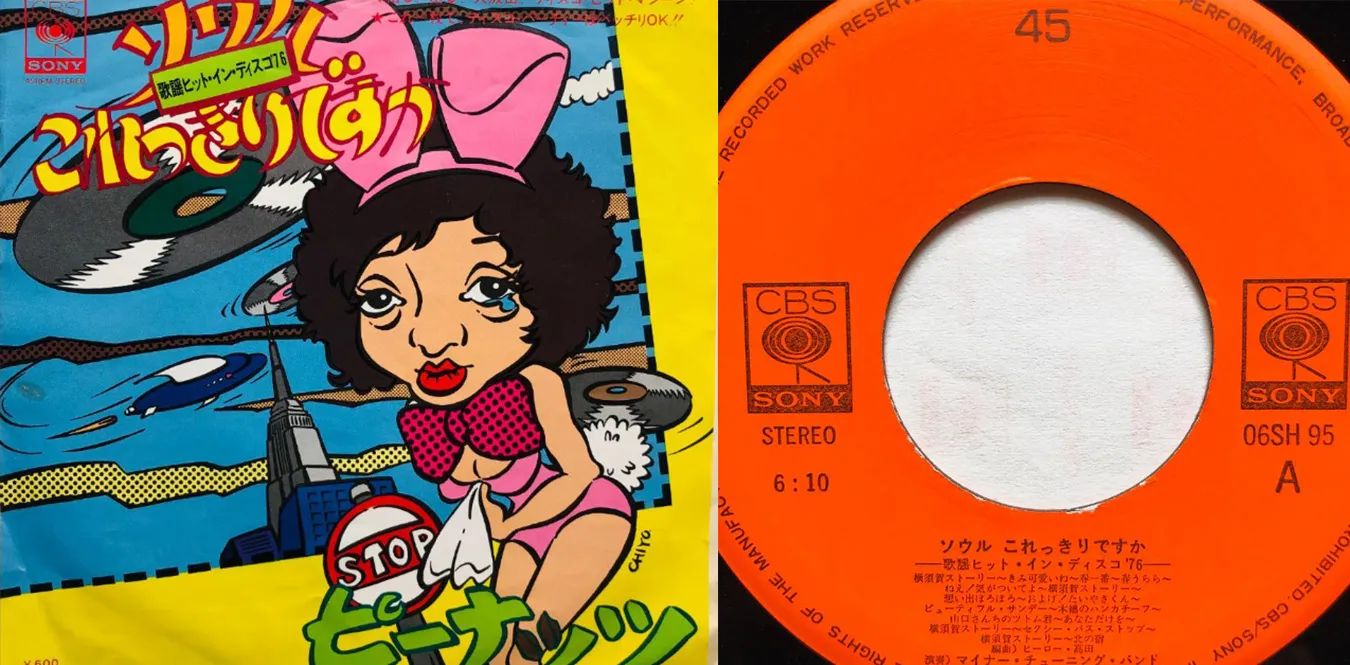![[Column] Changes in Christmas songs: 1950s to 2020s](/../assets/images/column-christmas-songs-history.webp)
Prologue The global appeal of Christmas songs
Text: mmr|Theme: About Christmas songs, which are not just seasonal music, but cultural phenomena that reflect changes in the technology, social background, and music industry of the times.
Christmas songs have a special existence, warming the heart in the cold winter and telling stories of love, family, and friendship in melodies. It has been loved by generations, and its expression and distribution format have changed over time. If we follow the changes from the 1950s to the 2020s, we can see how music technology, social environment, and media strategy have influenced it.
Prototype of Christmas songs from 1950s to 1970s
1950s pop songs depicting families and winter scenes
In post-World War II America, Bing Crosby’s “White Christmas” (released in 1942) was iconic. It depicts an ideal Christmas at home and was widely disseminated on radio and single records.
Lyrics and Theme Analysis
- “I”m dreaming of a white Christmas”: A depiction of snowy scenery and nostalgia
- Universal themes that remind you of family and hometown
- Warmth and glamor with big band style arrangement
Nat King Cole”s ““The Christmas Song” (1950) incorporates jazz elements and depicts a gathering by the fireplace and a winter scene. The Harry Simone Choir”s ““Little Drummer Boy” (1963) transformed elements of church music into pop music.
Representative songs/albums
| Year | Song title/album | Artist | Features |
|---|---|---|---|
| 1942 | White Christmas | Bing Crosby | Global hit, Academy Award winner |
| 1950 | The Christmas Song | Nat King Cole | Jazz Standard, Domestic Scene |
| 1963 | Little Drummer Boy | The Harry Simeone Chorale | Making church music pop |
1970s Soul and Disco Christmas
Vincent Montana Jr.’s 1976 Christmas Jollies is a groundbreaking album that incorporates disco soul.
Features
- gorgeous strings and horns
- Classic song cover + original
- Arrangements for dance parties
- A bridge to later synth pop/R&B Christmas songs
Chronology/Illustrations (1950s-1970s)
1980s pop heyday and standardization
Wham! “Last Christmas”
Released in 1984, “Last Christmas” combines synth pop and heartbreaking romance. A long-term hit with many covers and remixes.
Tatsuro Yamashita “Christmas Eve”
Released in 1983. AOR/city pop depicting urban winter scenery and love. It is regularly played on radio and commercials, and has become a standard winter song in Japan.
Representative song
| Year | Song title | Artist | Features |
|---|---|---|---|
| 1980 | Happy Xmas (War Is Over) | John Lennon & Yoko Ono | Social Message |
| 1983 | Christmas Eve | Tatsuro Yamashita | Urban winter scenery/love theme |
| 1984 | Last Christmas | Wham! | World classic, many covers |
Modern Christmas in the 1990s Mariah Carey era
In 1994, Mariah Carey’s “All I Want For Christmas Is You” became a worldwide hit.
- Love-centered lyrics
- R&B and pop fusion
- Vocal overdubbing harmony
- In Japan, Yumi Matsutoya’s ““Lover is Santa Claus’’ re-evaluation
2000s genre diversification and remake culture
- Increase in R&B, acoustic, and club arrangements
- Many covers and remakes of standard songs
- The boundaries between old and new songs are becoming blurred due to the spread of distribution services.
- In Japan, city pop and winter song covers are increasing.
2010s-2020s SNS/streaming era
- Mainstream playback on Spotify, Apple Music, and YouTube
- Old song cover goes viral on TikTok
- Increase in online live and virtual events due to the coronavirus pandemic
- Commercial strategy focuses on distribution and SNS, accelerating re-evaluation of old songs
Chronology/Illustrations (1990s-2020s)
General considerations
| Era | Characteristics |
|---|---|
| 1950s-70s | Jazz, pops, soul/family, religion, winter scenery |
| Mid-1970s | Disco-soul fusion in “Christmas Jollies” |
| 1980s | Synth pop/urban romance/establishment of standard songs |
| 1990s | Mariah Carey establishes love-centered modern pop music |
| 2000s | Genre diversification and remake culture |
| 2010s to 2020s | Re-evaluation of old songs and spread of new songs in the SNS/streaming era |
Christmas songs are not just seasonal music; they are a cultural phenomenon that reflects the changes in technology, social background, and music industry of the times. The coexistence of old and new songs, the distinctive expressions of each country, and the evolution of commercial strategies will continue to drive music culture.

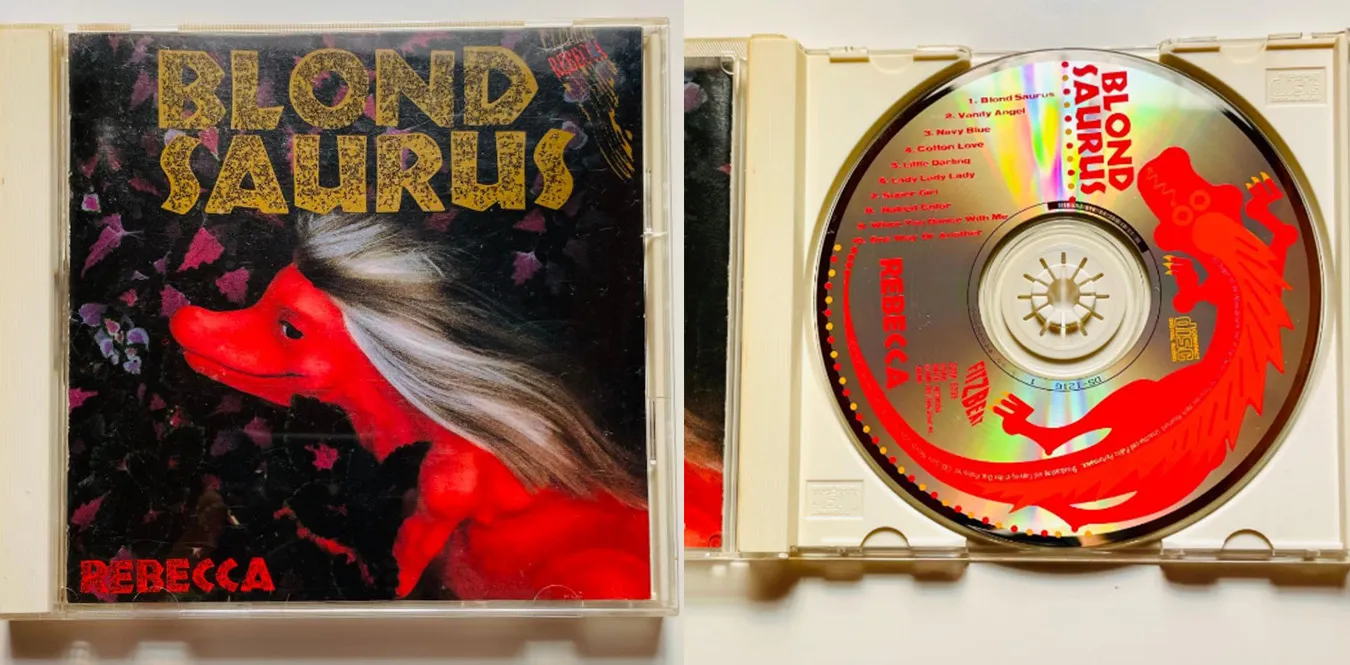
![[Column] Tracy Chapman: An era when the voice of stillness moved](/../assets/images/column-tracy-chapman.webp)
![[Column] From the intersection of disco and Japanese culture to the present — history, masterpieces, equipment, club culture](/../assets/images/column-disco-japan.webp)
